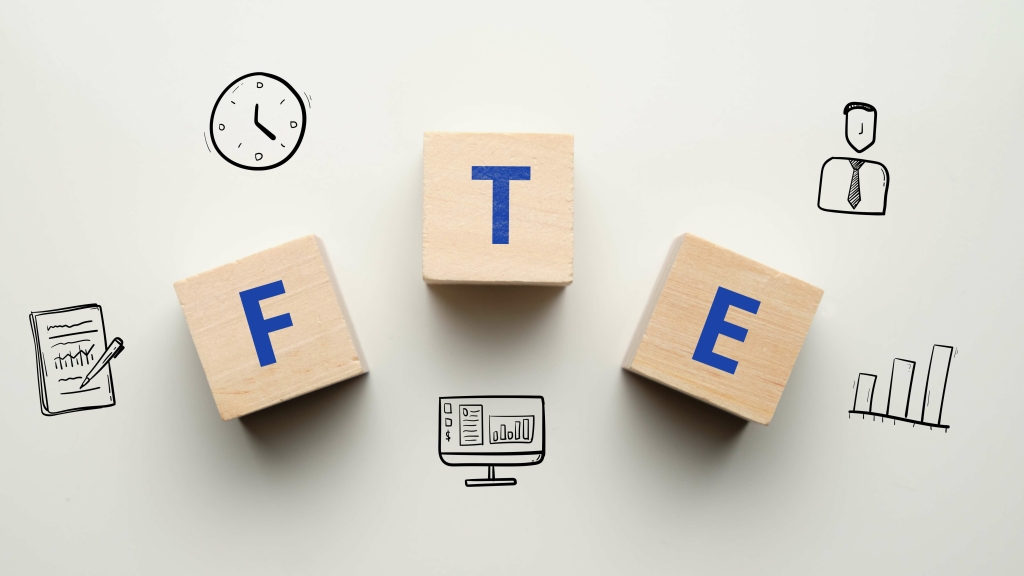
A contra account is an entry on the general ledger with a balance contrary to the normal balance for that categorization (i.e. asset, liability, or equity). There is almost always a story behind data; a clarification or historical insight that changes the meaning behind raw figures. In a report, layering on that additional context can be easy, but in a general ledger, you have few options for conveying nuance and subtlety. Namely, within a ledger, each account is intended to contain transactions and balances of a similar type only. But sometimes, dissimilar transactions are important to consider together within a ledger.
- A contra account carries a balance that is opposite to the normal balance of its related main account.
- To illustrate the use of contra accounts, consider a business accounting for bad debt expenses when customers fail to fulfill payment obligations.
- The contra liability account would be used to offset the liability account on the balance sheet.
- Allowance for doubtful accounts is a contra asset account that is used to offset the balance of the accounts receivable account.
- A contra revenue account reduces your total revenue on financial statements.
Types of Contra Assets

It represents the amount of discount that was given when the notes were issued. The purpose of this account is to increase the effective interest rate of the notes. Accumulated depreciation is used to offset the balance of a fixed asset account.

Example of a contra account

By offsetting the asset accounts, contra asset contribution margin accounts acknowledge that fixed assets are not worth their original purchase price indefinitely. They lose value over time due to wear and tear, obsolescence, or even market changes. This is where accumulated depreciation, a common type of contra asset account, comes into play, methodically reducing the recorded cost of the fixed asset over its useful life to represent its decreasing value.
- As businesses continue to seek efficiency and transparency in financial reporting, the role of contra asset accounts, particularly in the context of accumulated depreciation, will become even more critical.
- It will debit Accounts Receivable for $100,000 and will credit Sales for $100,000.
- By doing so, you can more clearly see the total amount of the related asset account, which would otherwise have been obscured by the offsetting amount of the reserve.
- These professionals ensure that records accurately reflect a business’s financial health.
- Accounts Receivable and Allowance for Doubtful AccountsA classic example of a contra asset account is the Allowance for Doubtful Accounts.
What is the Difference Between a Contra Account and an Adjunct Account?
Therefore, contra accounts are the reverse accounts that decrease a specific account’s balance. Revenue is shown on the income statement as a credit, it is the amount of revenue a business earns in a period. It might be important for a business to track the full cost of sales less contras to see the full picture. Let’s break down what a contra account is, explain its purpose, and explore its types and examples to help you better understand its role in financial statements.
The Contra Equity Account
For example, if a company has an equity account for treasury stock, they would also have a contra equity account to offset the balance in the treasury stock account. Contra asset accounts play a crucial role in accurately presenting the financial health of a company. These accounts are used to lower the balance of asset contra asset account accounts and reflect the net book value of assets. An asset that is recorded as a credit balance is used to decrease the balance of an asset. This account is not classified as an asset since it does not represent a long-term value.
List with Examples

It is also not a liability because it does not represent an obligation to pay a third party. It is a contra-asset account however, so it appears on the balance sheet in the asset section. It can help companies see the complete picture of their income and expenses and their equity or net worth. The allowance for doubtful accounts is used to reduce the net income by the estimated amount of uncollected receivables. This account helps to give a more accurate picture of Accounting Security the company’s financial position. This occurs when the contra account is used to offset a credit balance in the related account.

Accumulated Depreciation acts as a subaccount for tracking the ongoing depreciation of an asset. Each year of an asset’s life, another year of Depreciation Expense is recorded. The offset to the Depreciation Expense account is Accumulated Depreciation.